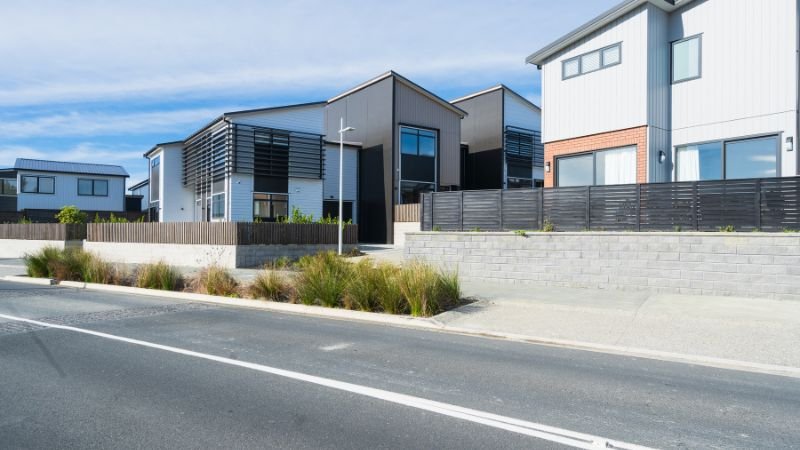Mozambique is experiencing a significant infrastructure and housing boom, driven by population growth, urban expansion, and increasing foreign investment. From modern highways and ports to commercial buildings and affordable housing, construction is reshaping the country’s economic landscape.
However, one persistent challenge remains: financing. Many developers struggle to align funding timelines with the urgency of construction demands. This is where bridging loans come into play.
Bridging loans offer fast, short-term funding that can help developers initiate or complete a construction project while they await long-term financing, property sales, or government disbursements. In a market like Mozambique, where delays in traditional lending are common, bridging loans provide critical liquidity at key stages of development.
This article provides a comprehensive guide to bridging loans, how they work in the Mozambican construction sector, and how developers can use them strategically.
Understanding Bridging Loans
A bridging loan is a short-term loan designed to “bridge the gap” between a financial need and the availability of more permanent funding. In construction, these loans are often used:
-
To purchase land while waiting for project financing
-
To start construction before securing long-term capital
-
To complete a partially-built project that’s delayed due to funding issues
-
To pay contractors or suppliers pending invoice payments or sales revenue
Typically, bridging loans last between 3 months and 24 months. They are repaid once the project receives permanent financing, is sold, or reaches another liquidity event.
Because of their short-term nature and risk profile, bridging loans carry higher interest rates and fees than traditional bank loans. However, they offer speed and flexibility that are often unavailable through standard financial institutions in developing markets.
The Construction Boom in Mozambique
Mozambique is undergoing rapid transformation. Maputo, Nacala, Beira, and other regional hubs are seeing major investments in roads, housing, logistics, energy, and commercial real estate. Foreign direct investment (FDI), especially in LNG (liquefied natural gas) and infrastructure, has grown steadily over the past decade.
This surge in activity has created a robust demand for construction services and by extension, financing. Yet, local banks remain cautious, requiring extensive documentation, long approval times, and often collateral that many developers cannot quickly provide.
Bridging loans can help local developers meet urgent funding needs, especially when traditional finance is slow, conditional, or dependent on phased milestones that delay project initiation.
When to Use Bridging Loans in Construction
Here are typical scenarios where a bridging loan becomes useful in Mozambique’s construction industry:
Land Acquisition
Developers often need to act fast to secure valuable land plots in key urban or industrial zones. A bridging loan allows them to purchase land immediately while arranging long-term project financing in
